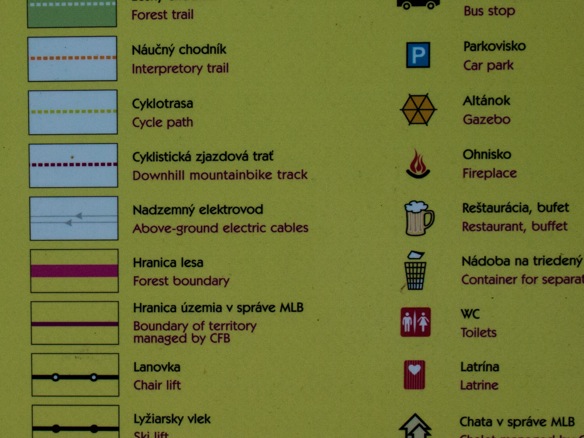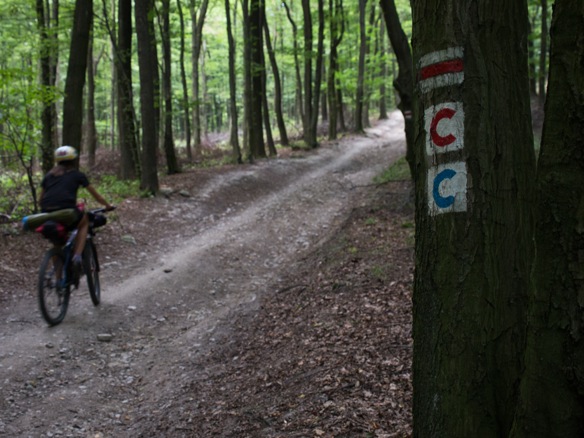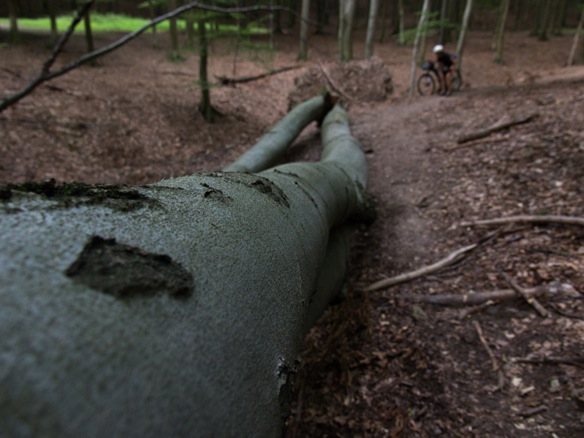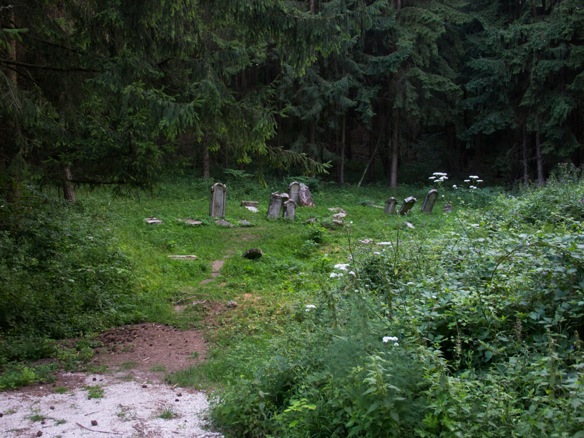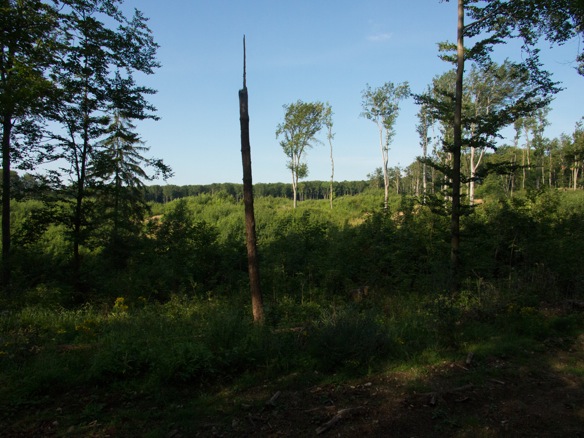
The Baja Divide, done.
Nine months since crossing the border at Tecate and committing to a route project in Baja California, MX, the Baja Divide is done!
From San Diego, CA, USA to San Jose del Cabo and back to La Paz, BCS, MX, the route is 1700 miles (2735 km) long with 92,000 feet (28,000 m) of climbing and is expected to take about six weeks to complete. The route is conceptually divided into four chapters: Northern Sierra, Valle de los Cirios, Missions, and Cape Loop. These groupings provide convenient distances for riders seeking shorter trips, ranging from 1-2.5 weeks, and each of these chapters can be reached by public transportation (plane or bus). In total, the Baja Divide is divided into 20 shorter sections, each beginning and ending at major resupply points and almost always on a paved road. These sections range in length from 44 miles to 167 miles and are largely defined by access to food and water, which is a frequent consideration for the Baja Divide traveler.
The Baja Divide route and equipment guide covers a variety of topics and is our best effort at providing the information needed to properly prepare for a ride on the Baja Divide. The Overview page is the best place to begin browsing the new site, while the route History page provides insight into the development process, including the many challenges to routing in Baja.
Each route section is described in detail including distance, notes, resupply points, and a narrative which prepares you for the the rigors and rewards of that section. Full-screen images also provide a flavorful impression of each section. Of the four route chapters, the Northern Sierra (306 mi) and Cape Loop (283 mi) are the shortest and most accessible. The Northern Sierra begins in San Diego and provides about a week of riding to Vincente Guerrero at MEX 1, where a bus will quickly return the rider to Tijuana, which is only a short bike ride back to San Diego and the airport. This section is the most accessible on standard 2.25″-2.5″ mountain bike tires. The Cape Loop is easily accessed by flights into La Paz or San Jose del Cabo and provides about a week of riding.
The mapping page features a simple Google-based interactive map of the route. For more advanced web-based viewing visit the Baja Divide on Ride With GPS, which features elevation profiles and multiple map layers. A series of downloads is available from a Baja Divide Google Drive folder including GPX tracks, a resupply and distance chart, as well as a waypoint file indicating resources along the route. GPX files are available in multiple configurations, including a full-resolution file, a downsized 10K version for smaller and older devices, and individual files for each chapter of the route (Northern Sierra, Valle de los Cirios, Missions, Cape Loop). The resupply guide and distance chart is a two-page PDF which could easily be downloaded onto a smartphone or printed onto a single sheet of paper.
The “Lael’s Globe of Adventure” Women’s Scholarship is offered to one female rider who plans to ride the Baja Divide in 2016-2017 and posesses an interest in international travel and global cultures, has some off-pavement bicycle touring experience (or substantive paved touring, backpacking, or travel experience), and is willing to share her ride on the Baja Divide through writing, photography, visual art, or music. The winner will receive an Advocate Cycles 27.5+ Hayduke or Seldom Seen, a complete Revelate Designs luggage kit, and a $1000 community-supported travel grant (minimum amount). Applications are due November 11, 2016. The recipient will be expected to provide one substantial written piece each to Advocate Cycles, Revelate Designs, and the Baja Divide website. Once a recipient is selected we will launch a crowdfunding campaign in their name to finance the travel grant. Spread the word!
We are proud to announce Revelate Designs and Advocate Cycles as sponsors of the Baja Divide. We have given months of our lives to route research, writing, editing, and publishing to produce this massive new resource. To show their support, these companies have pledged to offset transportation expenses and are donating generously to the women’s scholarship. Their financial support will also enable the development of a printed map and resupply guide and will support some expenses associated with the January 2, 2017 group start.
Revelate Designs produces the highest-quality bikepacking equipment in the world and is committed to creating durable goods, minimizing waste, and innovating a better riding experience. Eric Parsons has experience bikepacking on several continents, from the Himalayas and the Andes to the Iditarod Trail in Alaska, and has supported the Baja Divide since the beginning. Lael and I have been using Revelate equipment since 2011 for both long-distance tours and ultra-distance races.
Advocate Cycles innovates steel and titanium bicycles and donates 100% of profits to bicycle advocacy organizations such as Adventure Cycling Association, People for Bikes, NICA, and IMBA. Their 27.5+ models– the Hayduke and the Seldom Seen– are perfect for the Baja Divide. Lael was one of the first riders to put a steel Hayduke to long-term test in Mexico while investigating the Baja Divide. Tim Krueger contacted us early in the development of the Baja Divide and offered to support the route in any way.
The group start on the Baja Divide scheduled for January 2, 2017 is nearing capacity and “registration” is now closed. To maximize rider enjoyment and minimize impact on small communities and the natural spaces of Baja California, the group start will be limited to about 100 riders. If you have expressed interest in the ride via e-mail or a comment on the blog, you will receive an e-mail soon inquiring about your intent to ride. If you have already made plans to start the route on January 2 but have not contacted us, please e-mail Nicholas Carman at bajadivide@gmail.com. We will share a rider list once the details are finalized. Note, the route is open to ride at any time!
The Baja Divide is going to Interbike! The Revelate Designs booth (21070) will be dressed in a wall-sized map of the Baja Divide route with images from our ride, while Lael and I will be there to chat about the route. Visit the Revelate Designs booth on Wednesday at 4PM for a brief presentation about the Baja Divide.
Finally, we’re excited to move past this phase of this project, just a month before the Baja Divide season begins. Once tropical storms have passed for the season we look forward to seeing and hearing about your experiences on blogs, Facebook, and at #bajadivide on Instagram. If you wish to share impressions or reflections on the Baja Divide site, please contact us at bajadivide@gmail.com. We will be updating the “News” page on the site over the next few months to share other tips and insights from our experience on the route. A “Baja Riders” series will survey a half-dozen riders from the 2015-2016 season and my inspire you to carry a small guitar, ride a singlespeed, or not to get a steel fatbike with a Rohloff.
After Interbike, Lael and I will be riding in AZ, NV and CA for the rest of the year. We are interested in presenting details of the Baja Divide in communities around the region, including Sacramento, the Bay Area, Los Angeles, and San Diego.
Enjoy the new site and the Baja Divide!
-Nicholas Carman































































































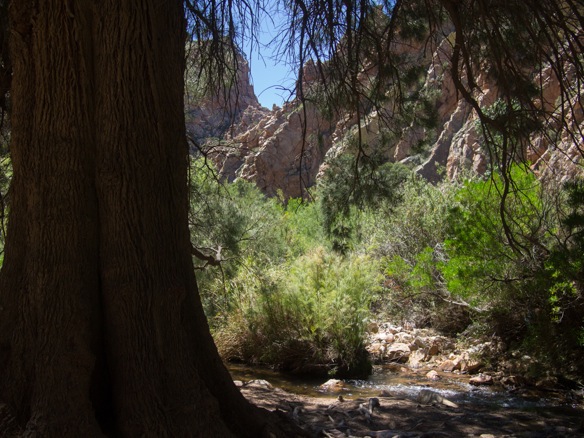


















 Luxembourg, GR5/E2 trail
Luxembourg, GR5/E2 trail
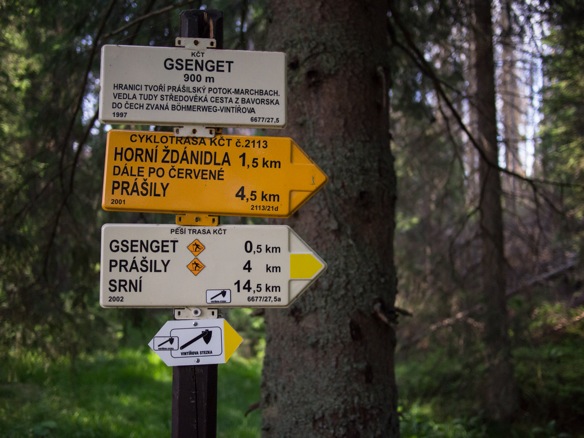





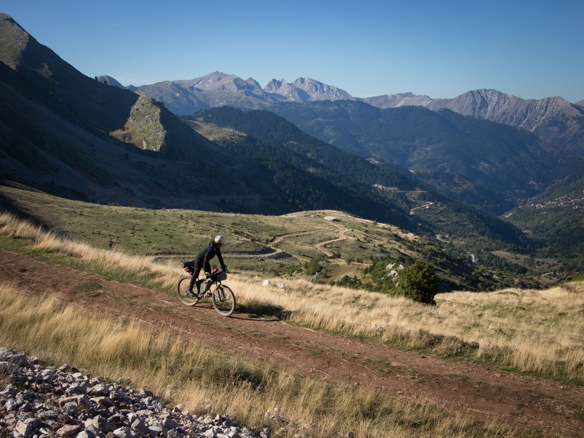







 Belgium, GR5/E2 trail
Belgium, GR5/E2 trail Albania
Albania






















